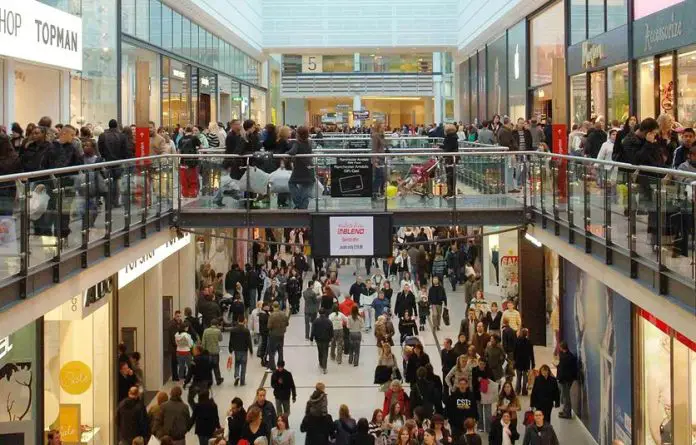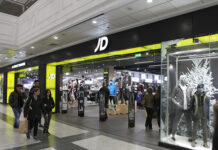It was a disappointing January for retailers.
Figures released this morning by the Office for National Statistics as sales volumes rose by 1.6 per cent on the year, compared to 2.4 per cent a year ago.
It was the weakest January sales growth since 2013 with declines across all main sectors except non-food stores.
The main contribution to the year-on-year growth came from non-food stores, with sports equipment, games and toys increasing sales in the quantity bought in this sector by 10.9%.Feedback from retailers suggested that New Year’s resolutions to “get fit and lose weight” contributed to this increase of sales when compared with the previous year.
Commenting on today’s official retail figures, Rhian Murphy, Office for National Statistics Senior Statistician said:
“Retail sales growth was broadly flat at the beginning of the New Year with the longer-term picture showing a continued slowdown in the sector. This can partly be attributed to a background of generally rising prices.
“Growth in the quantity of sporting equipment, games and toys being bought was offset by falling food sales when compared with the same month a year earlier.
“Sporting equipment sales have grown more than usual in January 2018, following an increased uptake for gym wear.”
Dr Felicity Hardley, Senior Lecturer in marketing and business strategy at Westminster Business School, comments on changing consumer behaviours impacting retail sales growth and steps they can take to attract shoppers in an increasingly competitive environment:
“The slower growth in retail sales in food items can be explained by several factors. January is usually the month where we see an increase of the so-called ‘get fit’ phenomenon, as people seek to start the year on a health kick, joining the gym and reassessing their food consumption after the indulgent Christmas period. Consumers are also getting smarter and more considerate, seeking to both reduce food waste by purchasing less and shopping more often to save money. Given the increased popularity of environmental focussed programmes such as the Blue Planet and Planet Earth documentaries, consumers are also becoming more alert to the impact of their consumption on the environment.
“The data highlights an overall continuing trend in the retail environment where, for many high street brands, sales growth has flattened out. Although this should not be unexpected, it’s not just down to potentially shaky consumer confidence regarding Brexit. Brexit might be a convenient excuse but higher levels of unsold inventory at the end of each season highlight slow responsiveness to dynamic market changes resulting in deep discounting, which many consumers are now waiting for, while virtually price matching online retailers are also chipping away at profits.
“With this in mind, retailers should be asking themselves how they can enhance the consumer shopping experience and reinvent their value offering. Shopping on the high street used to be a leisure activity but with the advent of social media and a plethora of ‘other’ things that consumers can do with their free time, fewer want to be in cluttered shop floors, especially if this is accompanied by the hassle of getting to and from a potentially crowded retail environment.
“There will be further consolidations in the retail environment which means competitors need to think creatively about how to make shopping an entertaining experience, or at least an experience consumers will value. With the increasing use of social media consumers have less time to ‘shop’ and instead prefer to dedicate themselves to alternative leisure activities, whether that’s trying out a new exercise class or finding new and unique experiences to share.”







